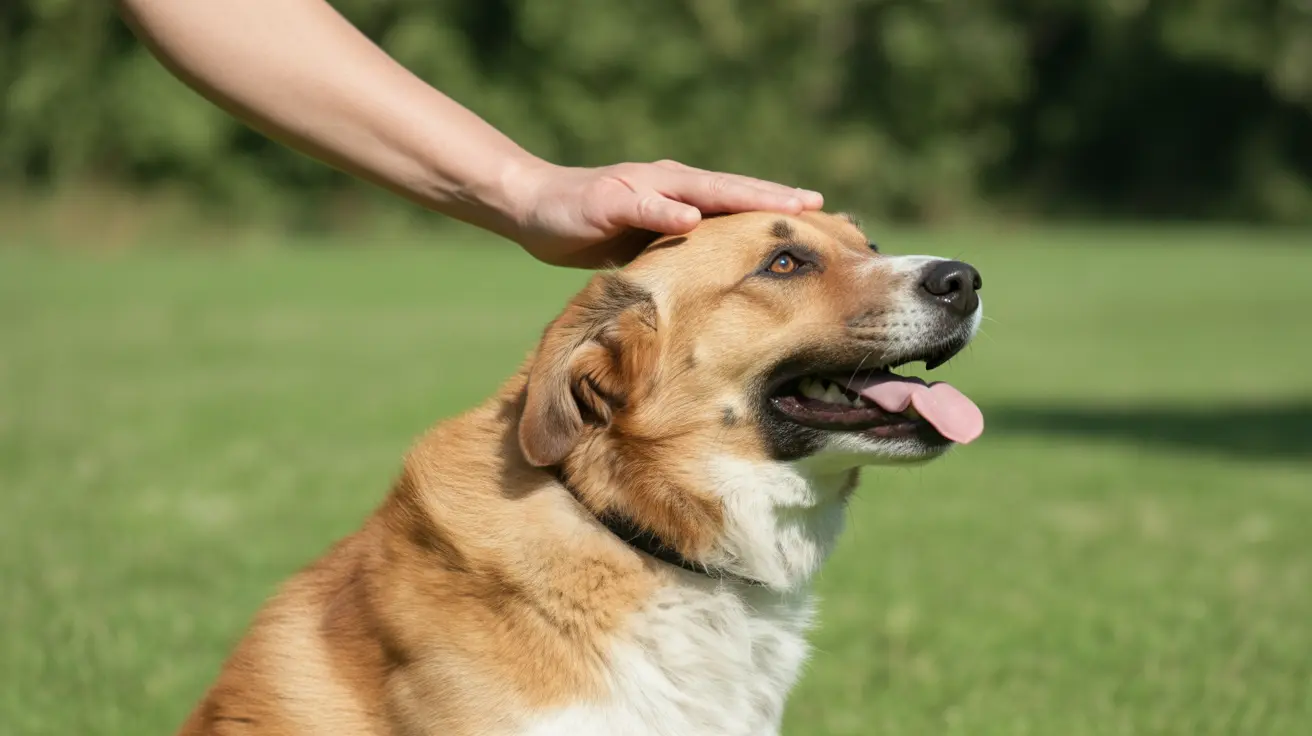Understanding the Colors Dogs Can See
Ever wondered what the world looks like through your dog's eyes? While humans enjoy a vibrant palette, dogs experience color in a different way. Their vision isn't just black and white, but it's not as colorful as ours either. Let's dig into how your canine companion perceives colors and what that means for their daily life.
The Science Behind Dog Vision
Dogs' eyes contain two types of color-detecting cells called cones, whereas humans have three. This difference means dogs are dichromatic, seeing primarily two colors instead of three. The cones in a dog's retina are most sensitive to wavelengths corresponding to blue and yellow.
- Blue: Dogs see blues clearly, similar to how we do.
- Yellow: Yellows stand out to them as well.
However, colors like red and green blend together for dogs, appearing more like shades of gray or brown. So, while you might toss a bright red ball into the grass thinking it's easy to spot, your dog sees it as something much less distinct against the green background.
How Does This Affect Their World?
This limited color range doesn't mean dogs are at a disadvantage. In fact, their vision is adapted for other strengths—like detecting motion and seeing well in low light. But when it comes to color:
- Blues and yellows pop out for them.
- Reds and greens look muted or grayish.
If you're choosing toys or training tools for your dog, opt for blue or yellow items—they're easier for your pup to find and fetch. That neon orange frisbee you love might not stand out much on green grass from your dog's perspective!
Comparing Human and Dog Color Vision
- Humans: Trichromatic (red, green, blue cones)
- Dogs: Dichromatic (blue and yellow cones)
This means that while we see a rainbow with all its vivid hues, dogs see a simpler spectrum. Imagine looking at the world through a filter that removes reds and greens—you'd get an idea of what your dog experiences.
Why Did Dog Vision Evolve This Way?
Their ancestors relied more on movement detection than color when hunting or avoiding danger. Having fewer types of cones allows for better night vision because more room is left for rods—cells that detect light intensity rather than color. That's why dogs often notice things moving in the dark before you do.
Practical Implications for Dog Owners
- If you want toys that stand out in the park, pick blue or yellow ones.
- Avoid relying on red or green objects if visibility is important for your pet.
Your dog's unique view of the world doesn't limit their enjoyment—it just shapes how they interact with their environment. Next time you play fetch or train with treats, you'll know why some colors work better than others!





